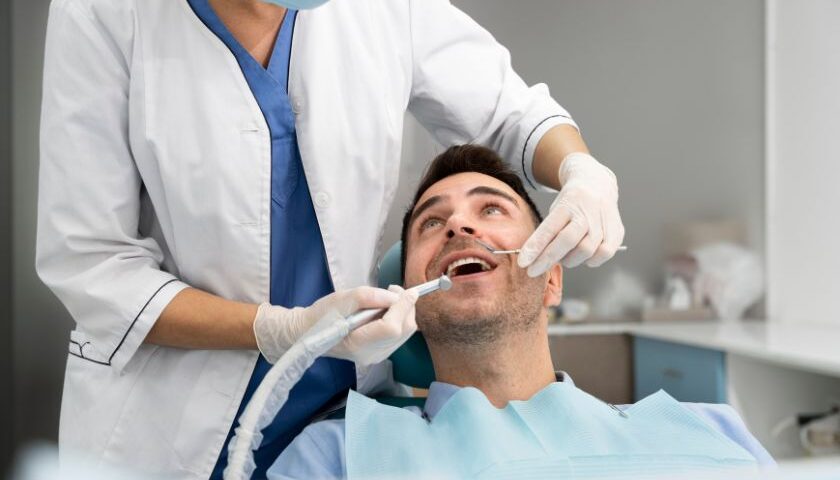When your pet’s health takes a turn, you want the best care. Advanced imaging and lab testing in veterinary hospitals are critical. They quickly reveal the root of health concerns, letting you take decisive action. You won’t need to wait long for answers. Whether it’s an X-ray, ultrasound, or specialized blood test, these tools are invaluable. They show hidden issues that might not be visible during a routine checkup. This technology can make the difference between guessing and knowing. If you’re looking for a veterinarian in Gainesville, FL, you’ll find experts using these advanced methods. They provide clarity and peace of mind. These professionals help you understand your pet’s condition and guide you through next steps. You and your pet deserve this level of expertise. Advanced tools in vet hospitals ensure effective care. Trust these technologies to keep your companion healthy and happy.
The Importance of Advanced Imaging
Imaging in veterinary care is not just about x-rays. It includes other techniques like ultrasound, MRI, and CT scans. These methods provide a detailed view of your pet’s internal state. They help identify issues like tumors, fractures, and organ abnormalities. An ultrasound, for example, can detect changes in soft tissues. An MRI examines the brain and spinal cord with precision.
Each imaging method serves a unique purpose. The right choice depends on your pet’s symptoms and needs. Your veterinarian will guide you on the best course of action. By understanding these options, you can make informed decisions for your pet’s health.
Key Lab Tests for Pets
Lab tests uncover vital information about your pet’s health. Blood tests show conditions like anemia or infections. Urine tests assess kidney and urinary tract health. Fecal tests identify parasites. Each test offers pieces of a health puzzle.
Consider these essential tests:
- Complete Blood Count (CBC)
- Biochemistry Profile
- Urinalysis
- Fecal Examination
These tests are routine, yet powerful. They help diagnose and monitor conditions early. Early detection allows for quicker interventions, improving outcomes for your pet.
Comparing Imaging Techniques
| Imaging Technique | Best For | Details |
| X-ray | Bone fractures, foreign objects | Quick and effective for visible structures |
| Ultrasound | Soft tissues, organs | Non-invasive, real-time imaging |
| MRI | Brain, spinal cord | Detailed imaging, requires sedation |
| CT Scan | Complex bone structures, tumors | Cross-sectional views, high detail |
Choosing the Right Test
Selecting the right test involves understanding your pet’s specific needs. Factors include symptoms, medical history, and the veterinarian’s expertise. Some conditions might require multiple tests for a full picture. Your veterinarian will explain why each test is necessary and what it can reveal.
For more information on veterinary imaging, refer to this FDA guide on veterinary imaging. It provides an overview of how these tools aid in animal care.
The Comfort and Care of Advanced Testing
Advanced testing isn’t just about precision. It’s also about the comfort and well-being of your pet. Procedures are designed to be as stress-free as possible. Veterinarians are skilled at handling pets during these tests. They ensure your pet feels safe and secure throughout the process.
Conclusion
Advanced imaging and lab testing in veterinary hospitals provide essential insights into your pet’s health. They help diagnose, treat, and monitor conditions effectively. By understanding these tools, you can be proactive in your pet’s care. For guidance, consult experienced professionals who prioritize your pet’s well-being. Learn more about the role and impact of these technologies from University of Tennessee’s Veterinary Medical Center. Your pet’s health and happiness are worth the investment in expertise and technology.





